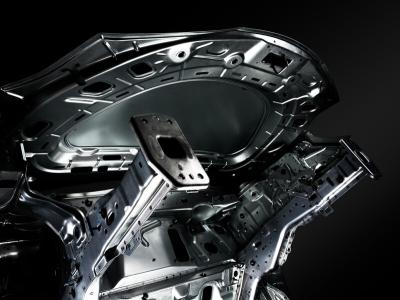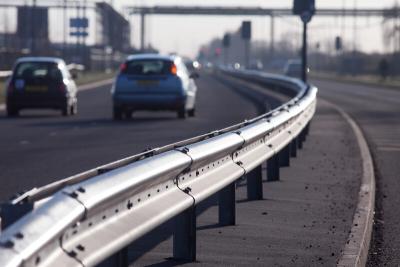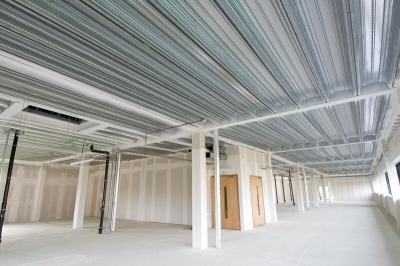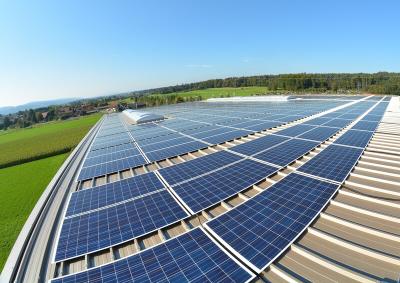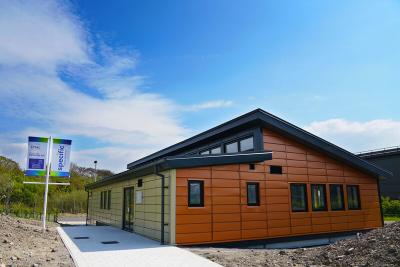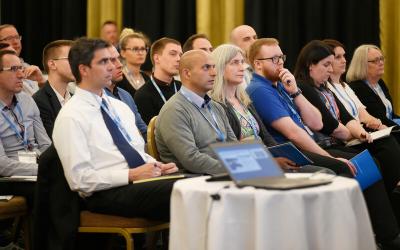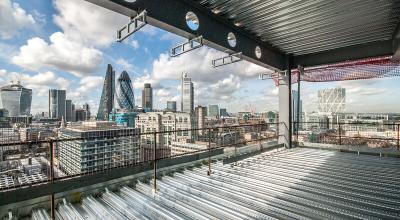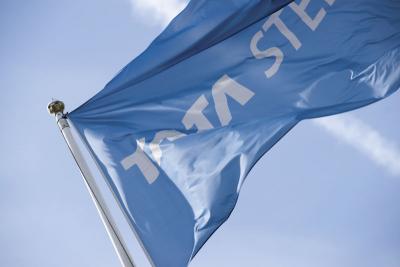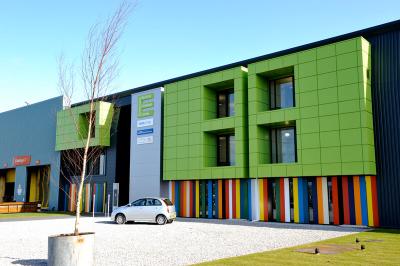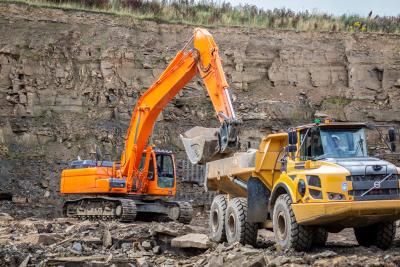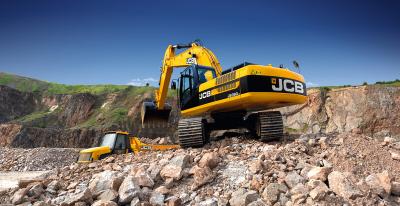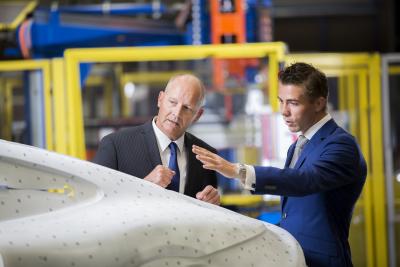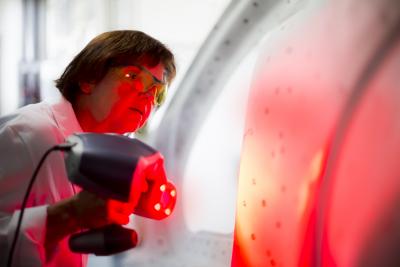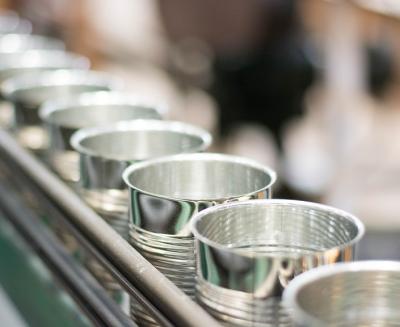Metal roof decks are a versatile and lightweight structural component, onto which a range of thermal, acoustic and weatherproofing solutions can be installed to provide a complete roof system. Metal decks are not confined to flat roofing, and can receive slate or tile finishes in addition to single ply, standing seam and green roof solutions.

One of the primary benefits of structural metal roof decks is how they are highly optimised, which brings inherent sustainability benefits. Aside from their infinite recyclability, metal roof decks use resources efficiently and impose fewer structural loads on the building, allowing further materials savings to be made elsewhere as well.
What types of building benefit most from structural metal roof decks?
Metal deck roofs can be a feature of almost any building type, but their main uses are on commercial, leisure and industrial buildings.
They have the ability to cover large areas quickly and easily, which makes them an attractive option for buildings with significant floor areas, such as supermarkets, sports halls and warehouses. They’re also used on a lot of education buildings.
Key to achieving the best results, whatever the building type, is specifying and installing roof deck profiles that are intended for roofing. Some cladding profile manufacturers offer their products for roofing as well, fitted upside down to form a roof deck.
As the profiles were not designed for roofing, they’re prone to heel marking when operatives work on them, they don’t have stiffening ribs to provide additional structural strength, and they have narrow troughs that make installing fasteners more difficult.
What are some of the sustainability benefits of structural metal roof decks?
The trapezoidal shape of metal roof deck profiles allows them to stack or nestle within one another, allowing a greater area of roof decking to be transported on a single lorry and the total number of road miles to be reduced.
With shallow and deep deck options, specifiers and engineers can select the best combination of profile depth, spanning capability and structural strength to suit the project.
Lightweight roof deck profiles impose fewer loads on the building structure anyway, reducing the size and weight of structural frames and foundations needed. By also keeping the number of supporting columns and foundations to a minimum as well, greater resource efficiency is achieved.
The coated underside of a deck profile provides a clean and attractive internal finish, which can be perforated to help meet acoustic requirements. By selecting a highly reflective liner, the daylight factor in the building can be increased and, thanks to the subsequent reduction in lighting demand, a reduction in carbon emissions may also be achieved in compliance calculations.
Structural metal roof decking solutions from Tata Steel
Tata Steel’s RoofDek range features steel and aluminium profiles from 32mm to 200mm deep, manufactured using Tata Steel’s own steel coil produced in the UK.
All RoofDek products currently have the CE Mark affixed to them and, by January 2023, will carry the UKCA Mark. The range is also certified by FM Approvals, which involves rigorous third-party auditing of manufacturing processes and product testing.
Read more about RoofDek profiles.









